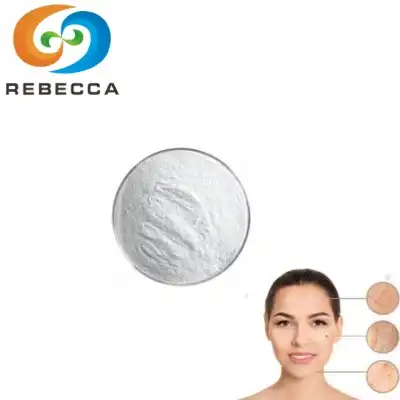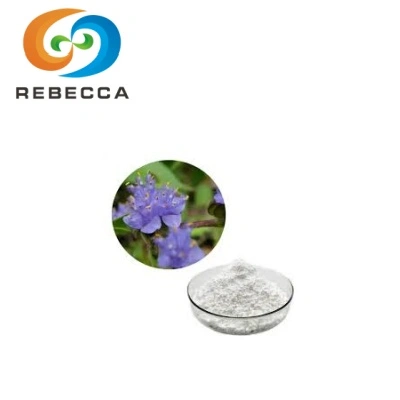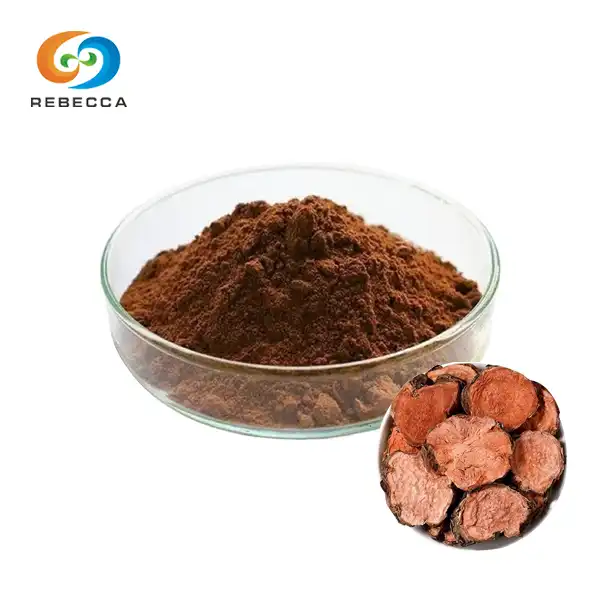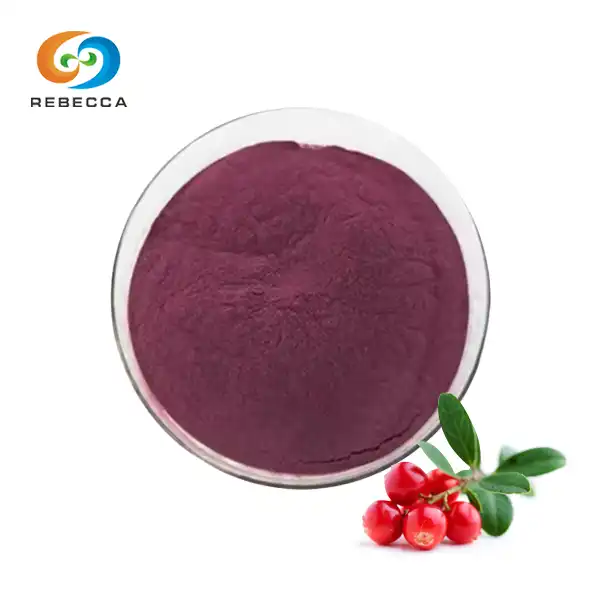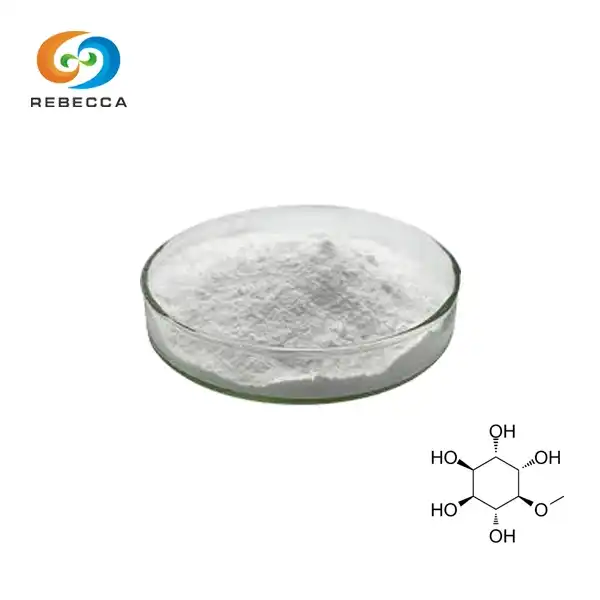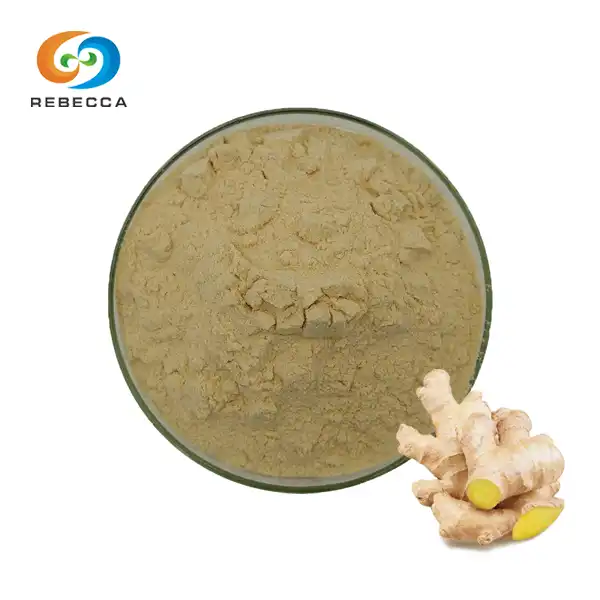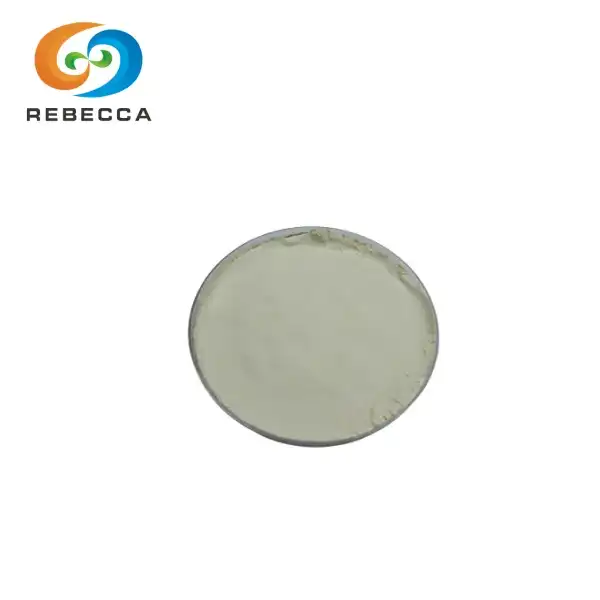What part of echinacea is used for medicine?
Echinacea has earned its reputation as one of nature's most versatile medicinal plants, capturing the attention of herbalists, researchers, and health enthusiasts worldwide. Echinacea is native to North America; Echinacea purpurea extract offers therapeutic benefits due to its structure, each contributing compounds that support human wellness. Understanding which portions of echinacea provide medicinal value helps consumers make informed decisions about their health supplements and natural remedies.
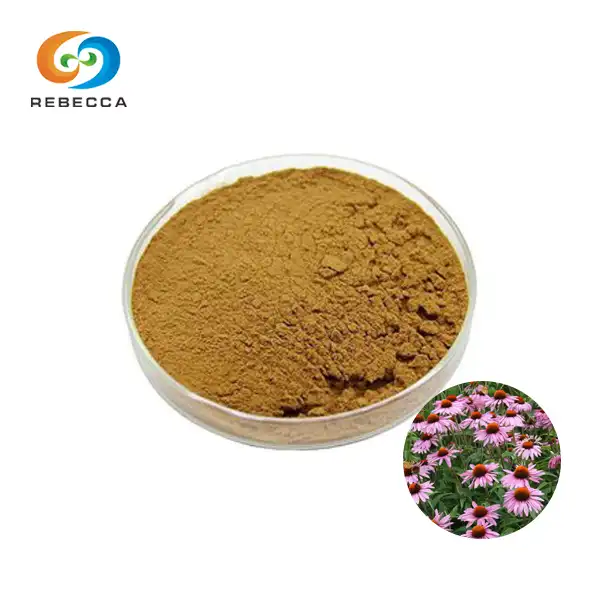
English name: Echinacea purpurea extract
Latin Name: Echinacea purpurea
CAS No.: 90028-20-9 /70831-56-0
Molecular forula:C22H18O12
Molecular Weight:474.37
Active ingredients: Polyphenols
Specification: Polyphenols 4%
Use Part : flower
Appearance: yellow brown powder
Mesh size:80 Mesh
Test Method: UV
Roots
The underground portion of echinacea represents the most concentrated source of medicinal compounds, making it the preferred choice for therapeutic preparations. Echinacea purpurea root extract contains the highest levels of active constituents, particularly alkamides and phenolic compounds that contribute to its immune-supporting properties. The root system develops these concentrated compounds as the plant matures, storing energy and protective substances that help the plant survive harsh environmental conditions.
Research demonstrates that echinacea roots contain significantly higher concentrations of bioactive compounds compared to other plant parts. The extraction process from roots yields a potent concentrate that maintains the plant's natural balance of therapeutic substances. Scientific studies have consistently shown that root-derived preparations exhibit superior efficacy in supporting immune system function, making them the gold standard for echinacea supplementation.
Traditional Native American medicine has long recognized the exceptional medicinal value of echinacea roots. Indigenous peoples harvested and prepared root extracts for treating various ailments, from respiratory infections to wound healing. This historical usage provides valuable insight into the root's therapeutic potential, which modern science continues to validate through rigorous research and clinical trials.
Processing methods for root extraction have evolved significantly, incorporating advanced techniques that preserve the delicate balance of active compounds. Modern extraction processes utilize controlled temperature and solvent systems to maintain the integrity of heat-sensitive components while maximizing the concentration of beneficial substances. This technological advancement ensures that consumers receive the full therapeutic potential that echinacea roots naturally provide.
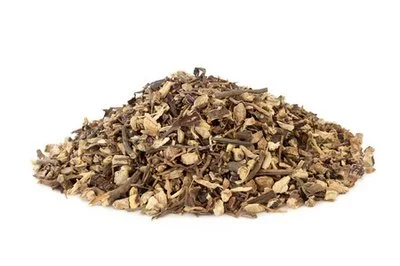
Flowers
Echinacea flowers contribute their profile of medicinal compounds, complementing the therapeutic properties found in other parts of the plant. The vibrant purple petals and central cone contain specific polyphenols and flavonoids that support antioxidant activity and provide anti-inflammatory benefits. While flowers may not match the concentration levels found in roots, they offer valuable therapeutic contributions that enhance the overall medicinal profile of echinacea preparations.
Scientific analysis reveals that echinacea flowers contain unique glycosides and phenolic acids that contribute to the plant's overall medicinal efficacy. These compounds work synergistically with those found in roots and other plant parts, creating a comprehensive therapeutic profile that addresses multiple aspects of immune system support. The flower's contribution becomes particularly valuable in whole-plant preparations that aim to capture the complete spectrum of echinacea's medicinal benefits.
Commercial cultivation of echinacea often focuses on flower production due to the echinacea purpurea extract's ornamental value and the flowers' contribution to medicinal preparations. The timing of flower harvest significantly impacts the concentration of active compounds, with peak potency typically occurring during full bloom when the plant has invested maximum resources in flower development. Professional growers monitor flowering stages closely to ensure optimal harvest timing for medicinal purposes.
Processing techniques for flower-based preparations require careful attention to preserve the delicate compounds that contribute to therapeutic efficacy. The extraction methods must balance efficiency with gentleness to maintain the integrity of heat-sensitive components while maximizing the yield of beneficial substances. Modern processing facilities employ sophisticated equipment that controls temperature, pressure, and extraction time to optimize the medicinal value of flower-derived preparations.

Whole Plant
The concept of whole plant medicine recognizes that echinacea's therapeutic potential reaches its peak when all plant parts work together in harmony. Whole plant preparations capture the synergistic relationships between compounds found in roots, flowers, leaves, and stems, creating a comprehensive therapeutic profile that individual plant parts cannot achieve alone. This approach aligns with traditional herbal medicine principles that emphasize the importance of maintaining the plant's natural balance of active constituents.
Scientific research increasingly supports the superiority of whole plant preparations over isolated compounds or single plant part extracts. The complex interactions between various phytochemicals create what researchers term the "entourage effect," where the combined therapeutic impact exceeds the sum of individual component effects. This phenomenon explains why whole plant echinacea preparations often demonstrate superior clinical outcomes compared to standardized single-compound extracts.
Whole plant utilization ensures that consumers benefit from the complete spectrum of echinacea's medicinal compounds, including both primary and secondary metabolites that contribute to therapeutic efficacy. While echinacea purpurea root extract remains the most potent component, the inclusion of aerial parts provides complementary compounds that enhance bioavailability, extend therapeutic duration, and provide additional health benefits that root-only preparations might lack.
The harvesting and processing of whole plant echinacea requires sophisticated techniques that preserve the delicate balance of compounds from different plant parts. Each component contributes unique properties that must be carefully maintained throughout the extraction process. Professional manufacturers employ specialized methods that account for the varying optimal extraction conditions required for different plant tissues, ensuring that the final product retains the therapeutic benefits of all plant parts.

Rebecca: China Echinacea Purpurea Root Extract Supplier
At Rebecca Bio-Tech, we specialize in providing premium quality echinacea purpurea root extract that meets the highest industry standards. Our advanced processing facilities utilize state-of-the-art extraction technology to deliver concentrated products with guaranteed potency and purity. We maintain strict quality control protocols throughout our manufacturing process, ensuring that every batch meets our exacting specifications for active compound content and bioavailability.
Our echinacea purpurea extract features standardized polyphenol content at 4%, derived from carefully selected flower and root materials. The yellow-brown powder format provides excellent stability and ease of incorporation into various formulations. With an 80-mesh particle size and UV-tested verification methods, our extract delivers consistent quality that manufacturers and formulators can rely on for their premium products.
We understand that quality partnerships require reliable supply chains and exceptional customer service. Our technical team provides comprehensive support for product integration, while our logistics specialists ensure timely delivery worldwide. Whether you require small research quantities or large-scale commercial volumes, Rebecca Bio-Tech delivers the consistency and reliability that your business demands.
Ready to enhance your product line with premium echinacea purpurea extract? Contact our team today to discuss your specific requirements and discover how Rebecca Bio-Tech can support your success. Reach out to us at information@sxrebecca.com for detailed product specifications, pricing information, and technical support.
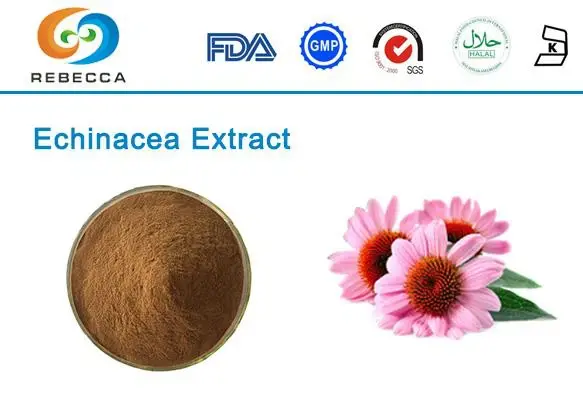
References
Journal of Ethnopharmacology studies on echinacea root bioactivity; Phytotherapy Research on comparative analysis of plant parts.
Planta Medica research on echinacea flower compounds; International Journal of Molecular Sciences on flavonoid content analysis.
Journal of Alternative and Complementary Medicine on whole plant synergy; Phytomedicine studies on entourage effects in herbal preparations.
